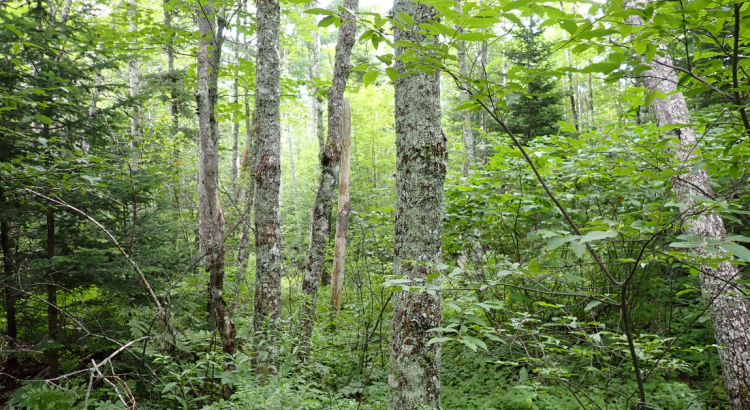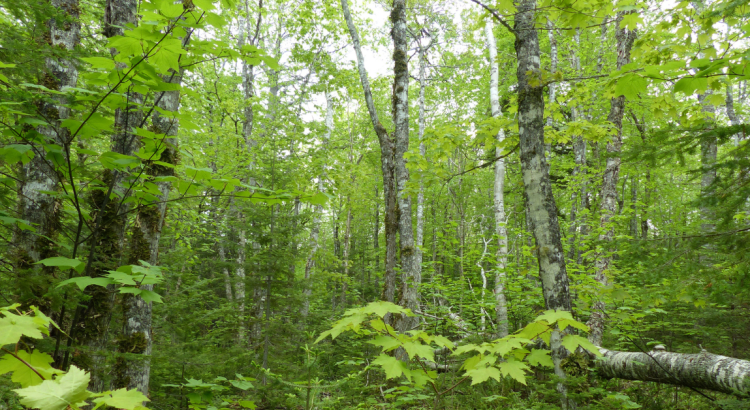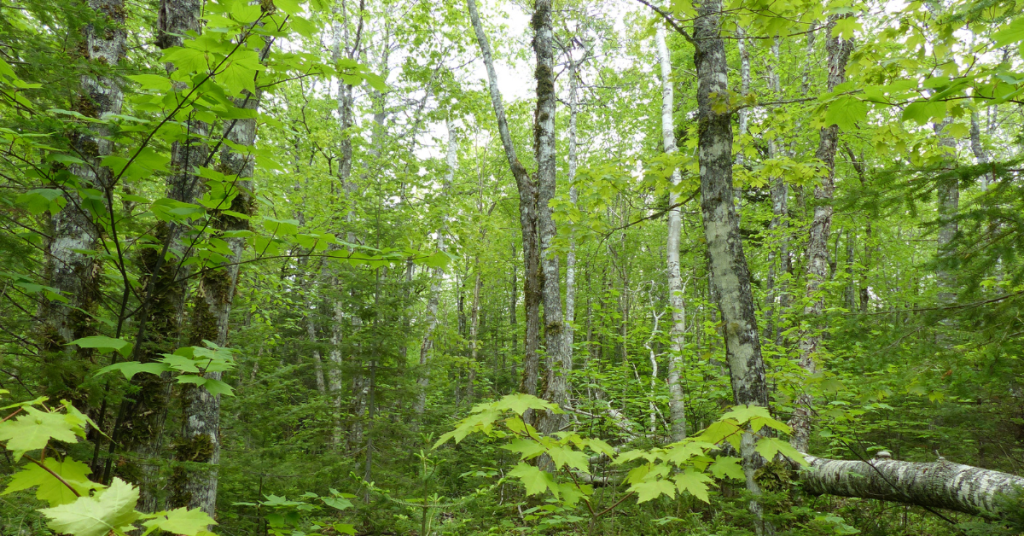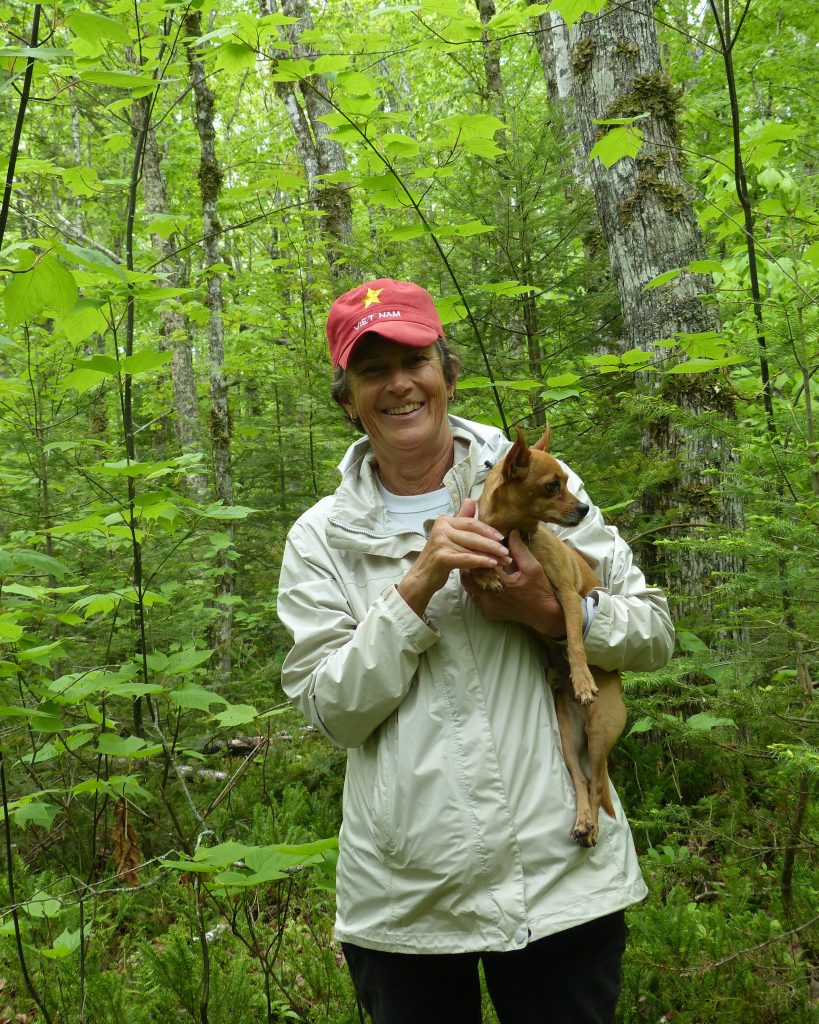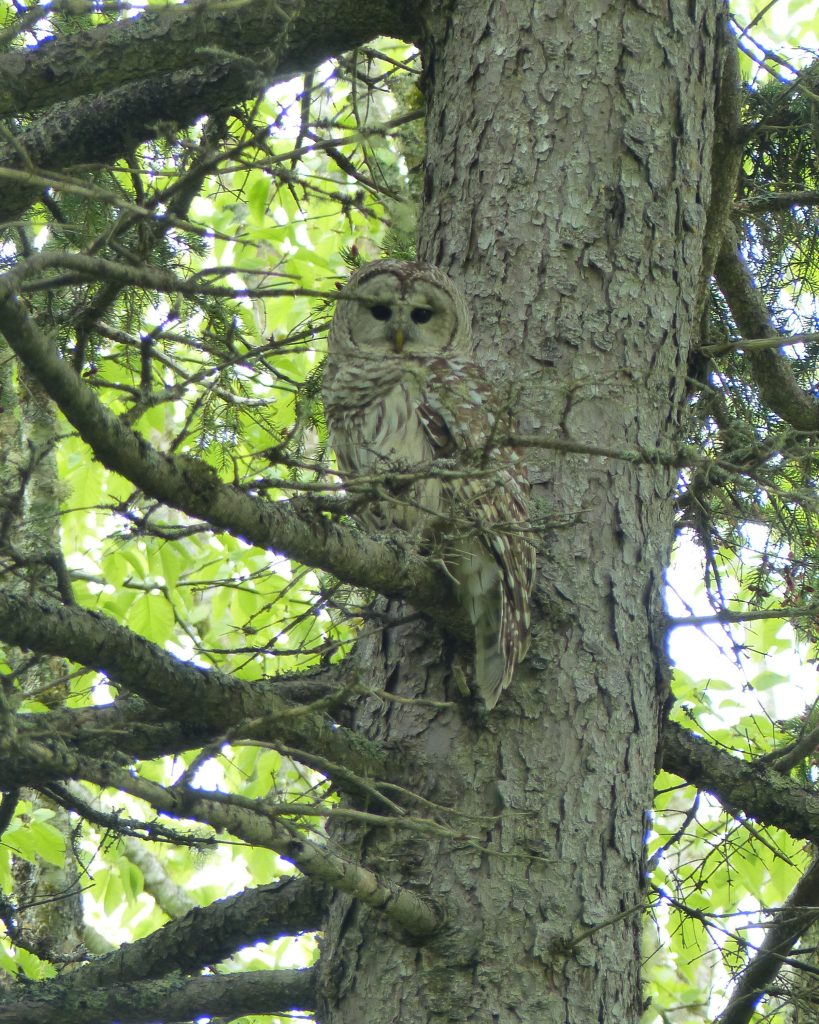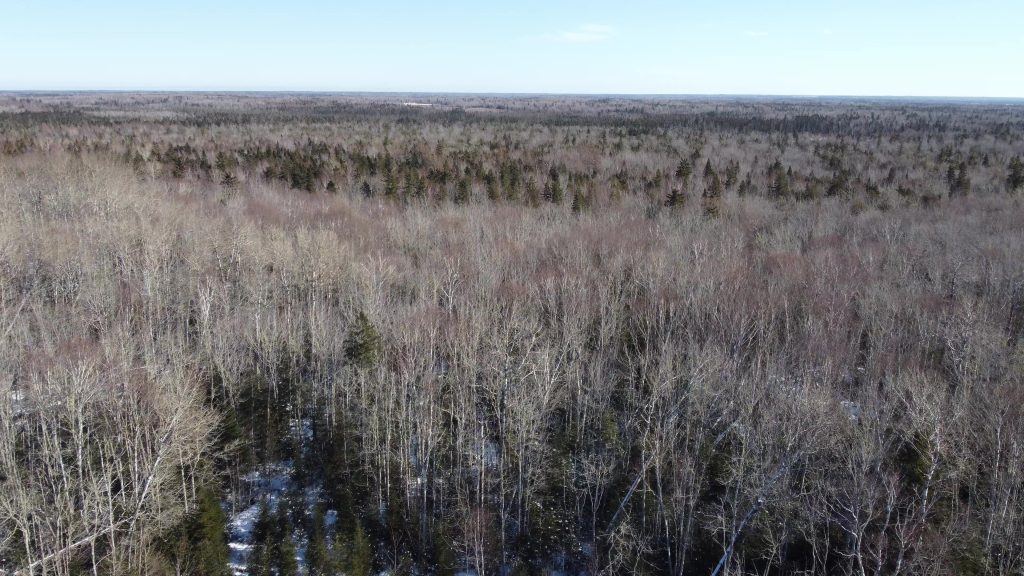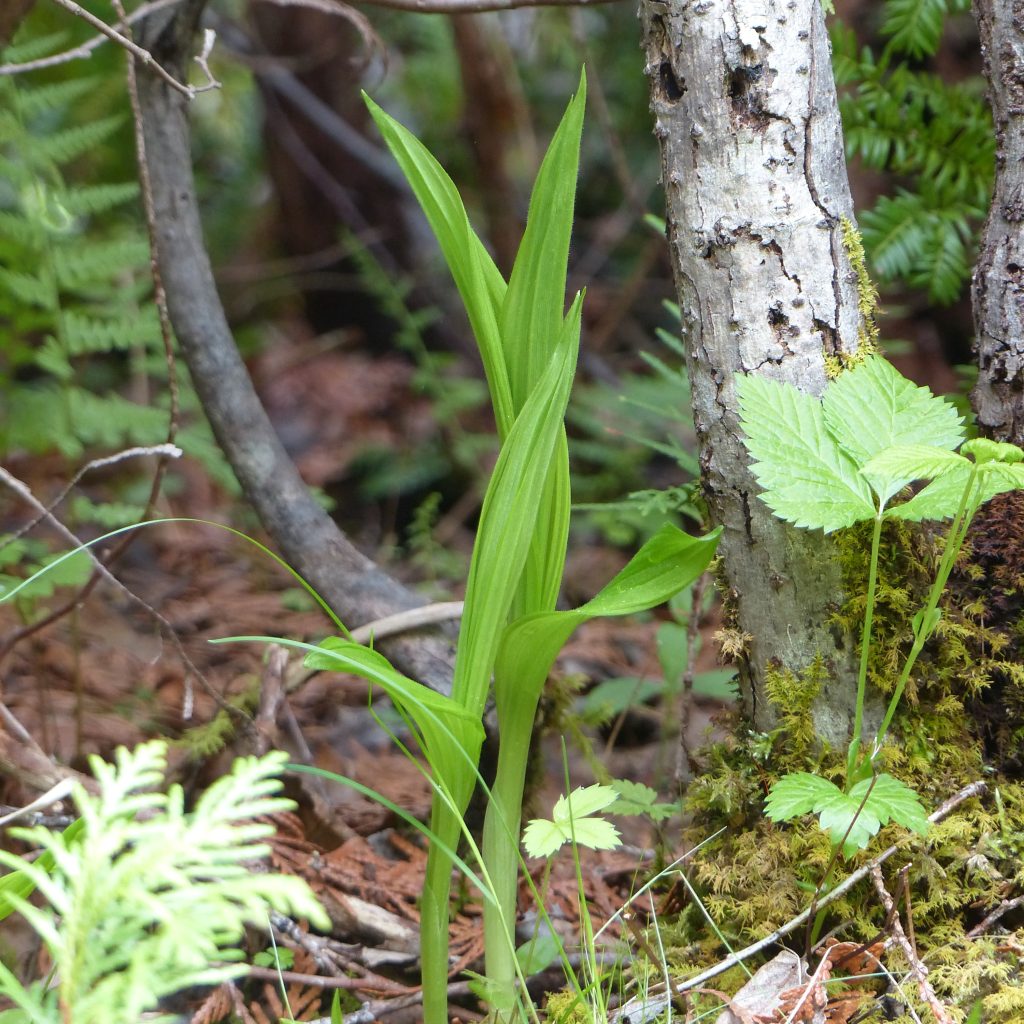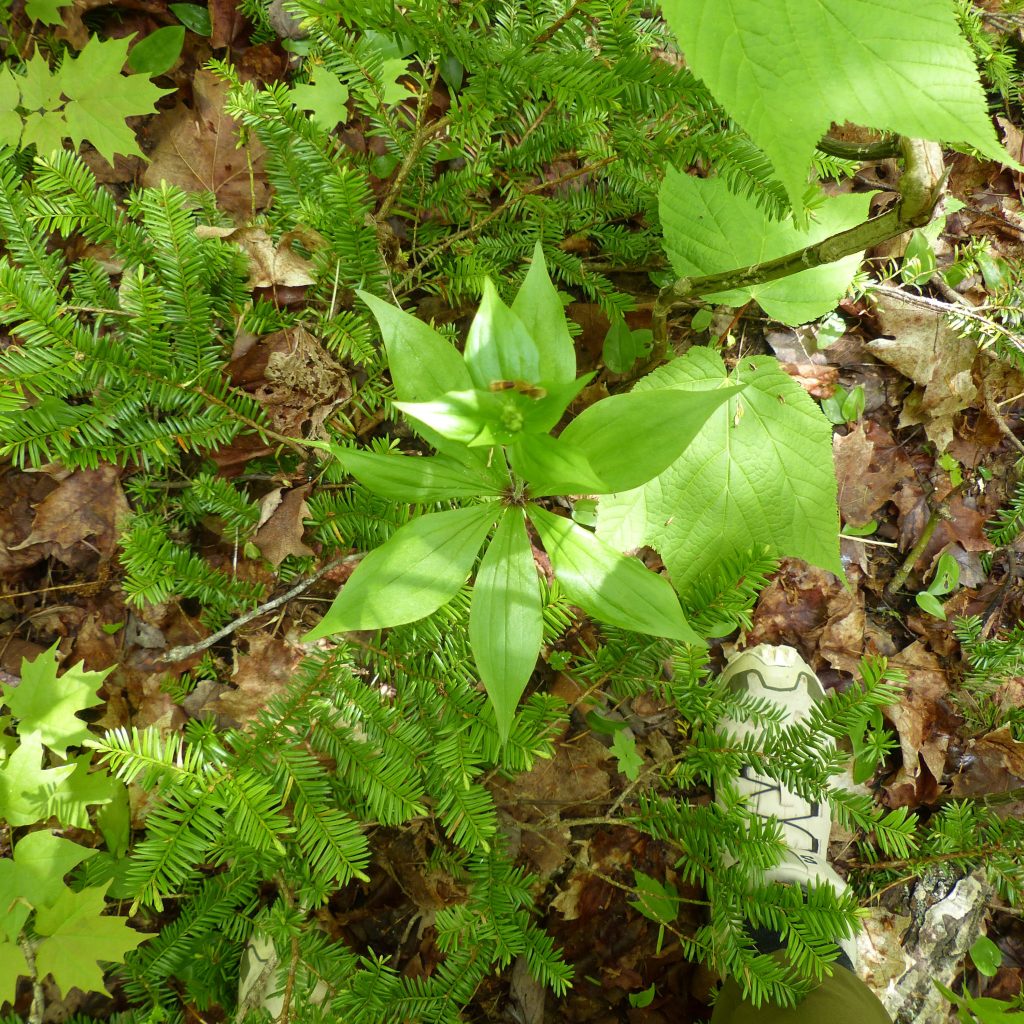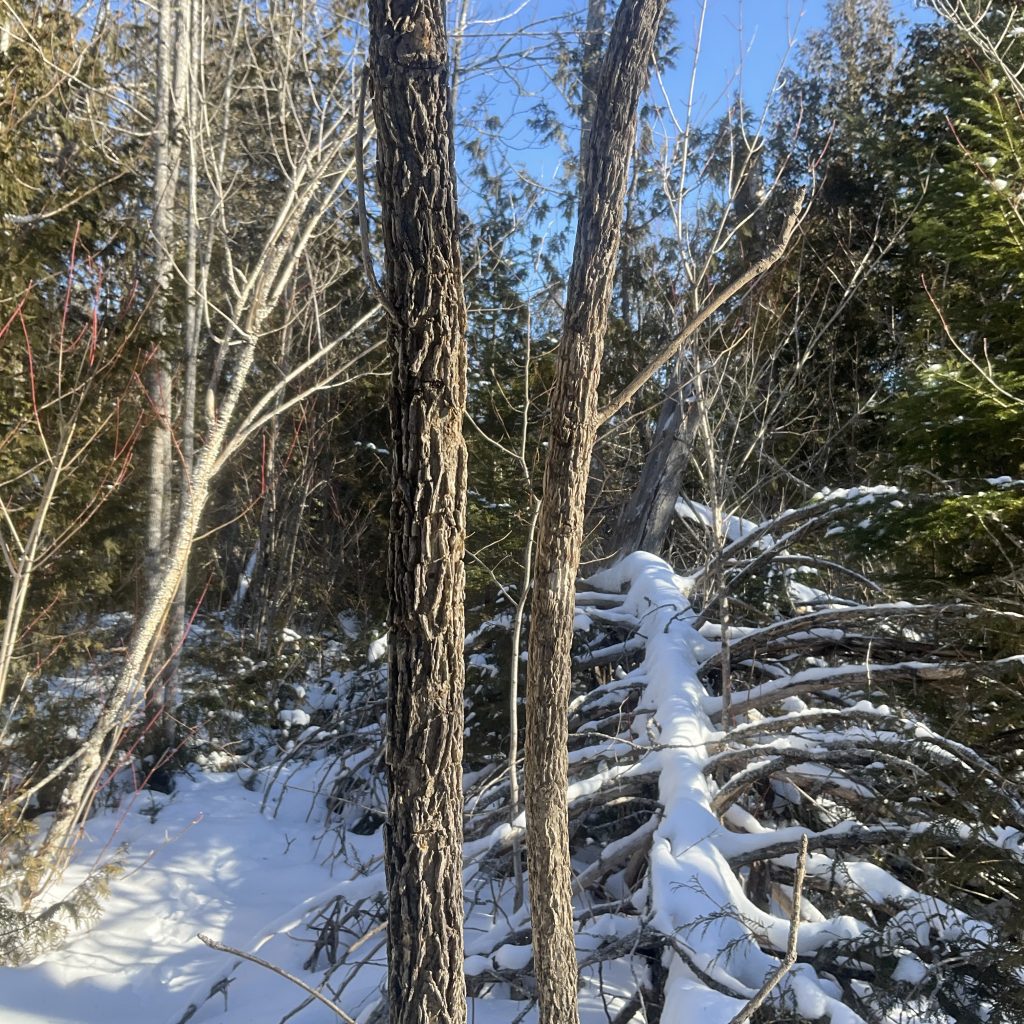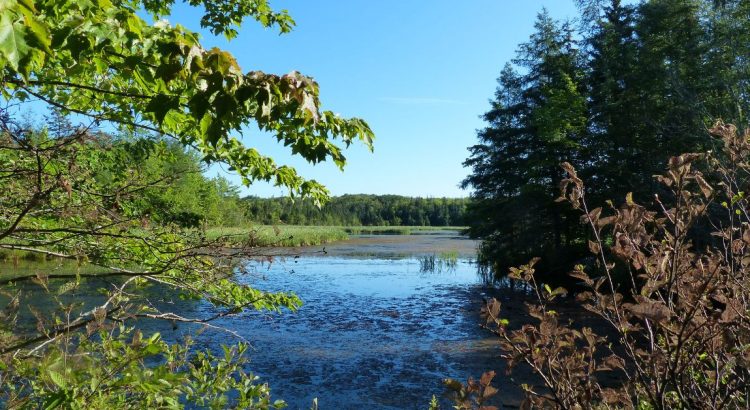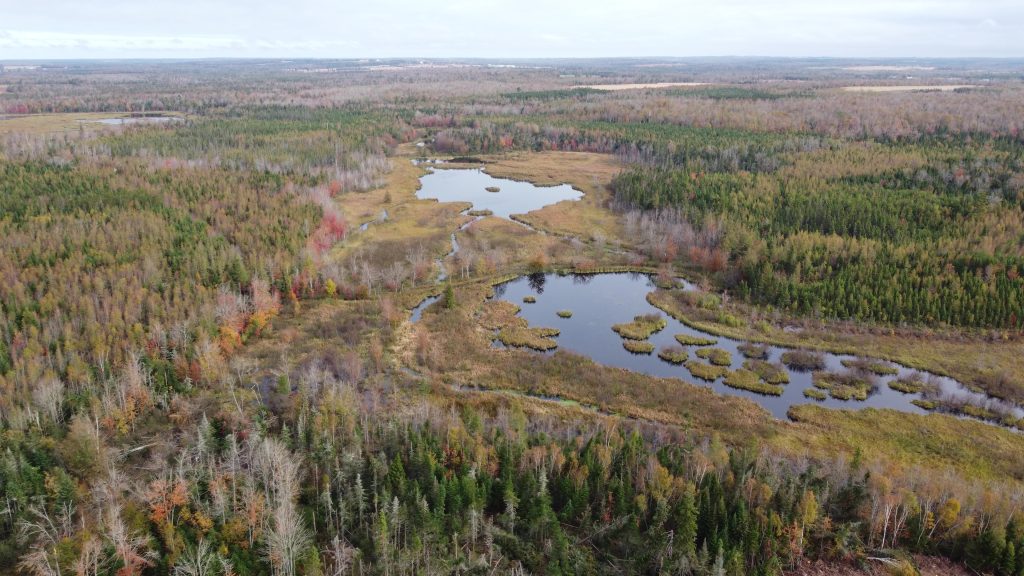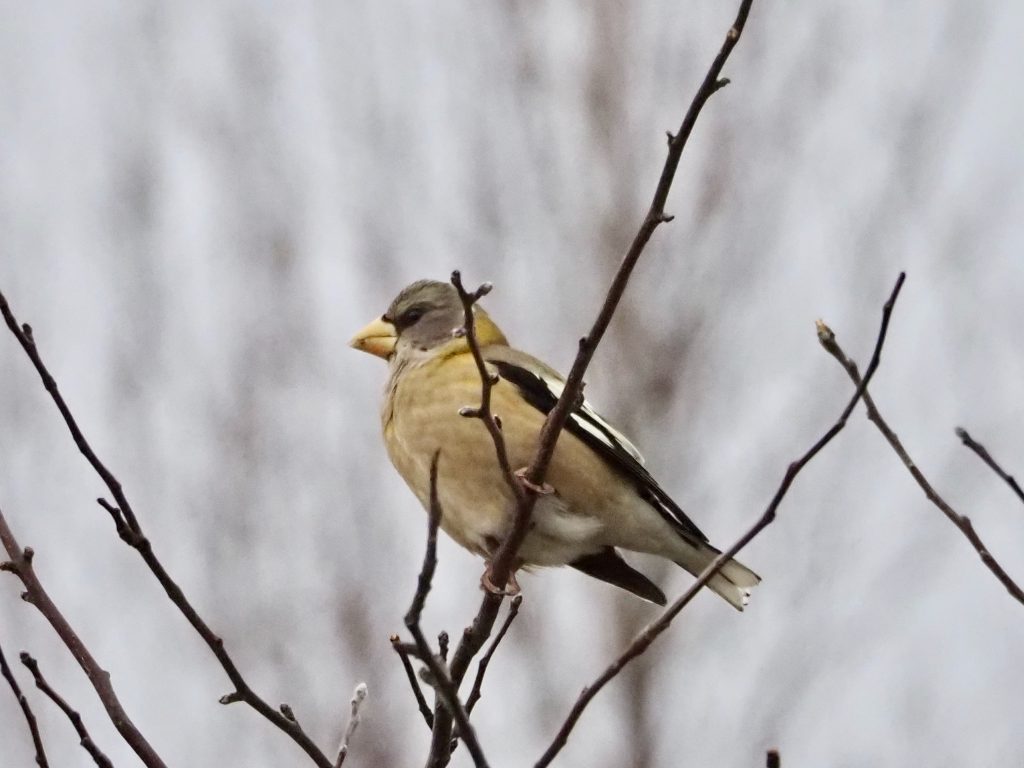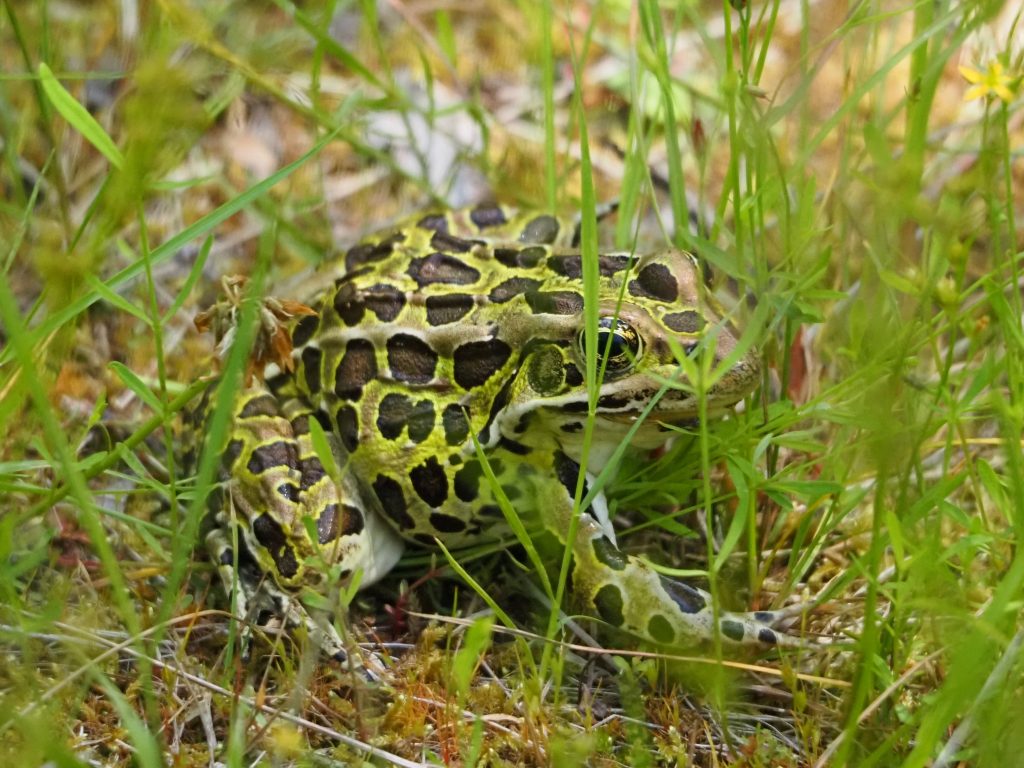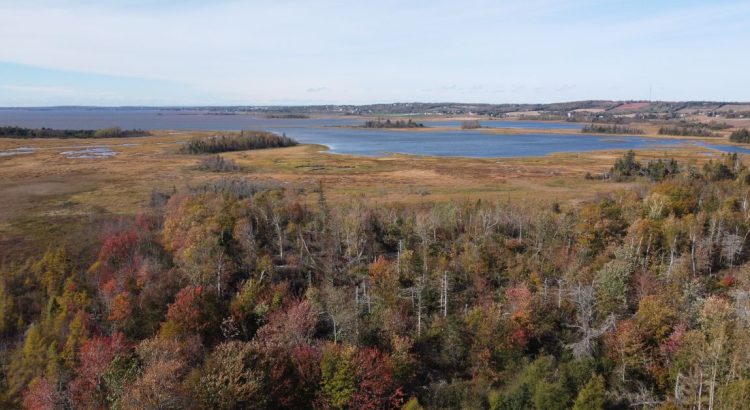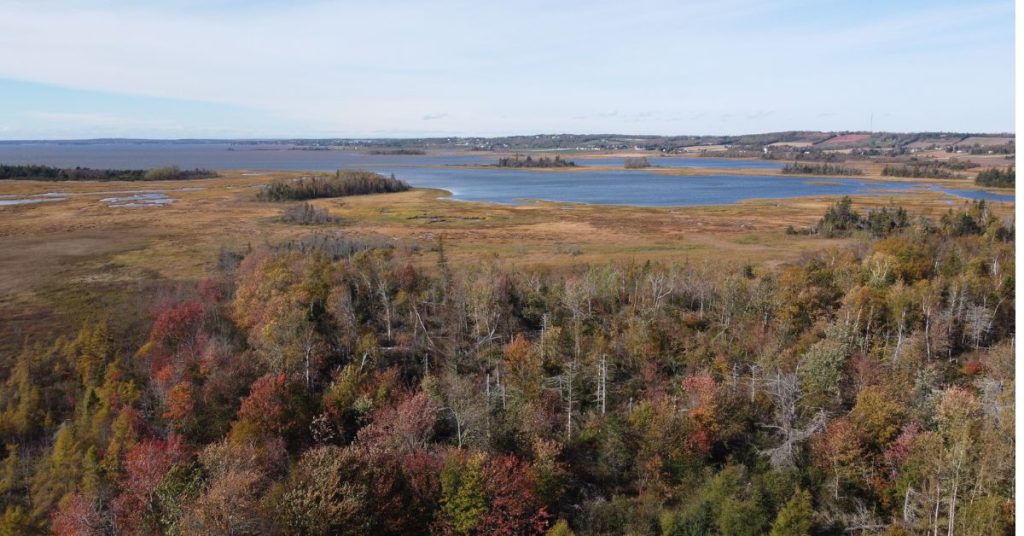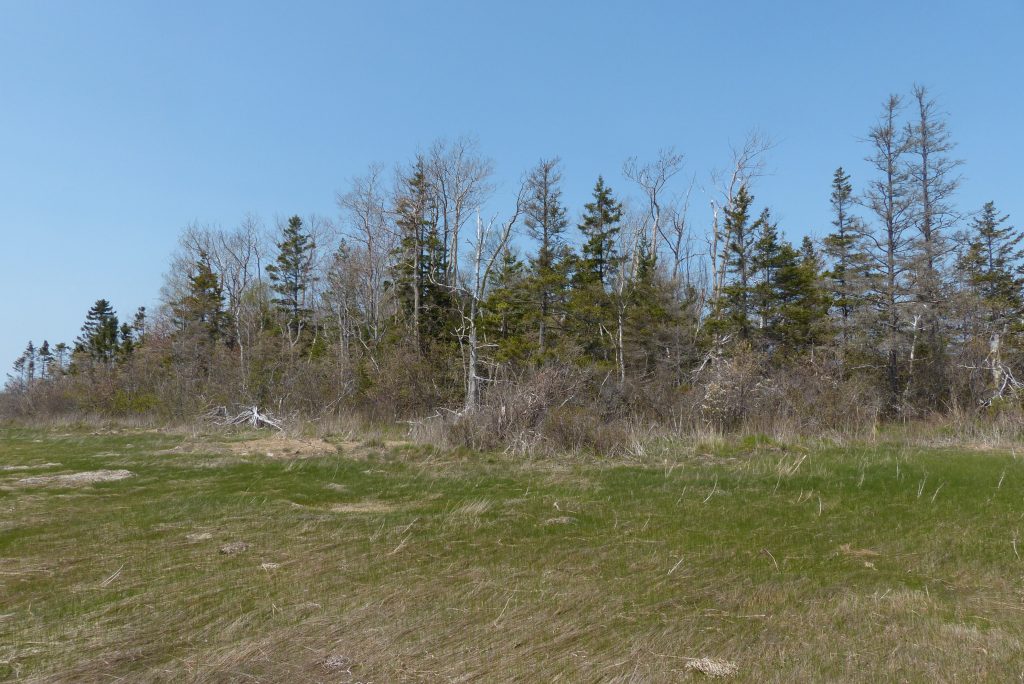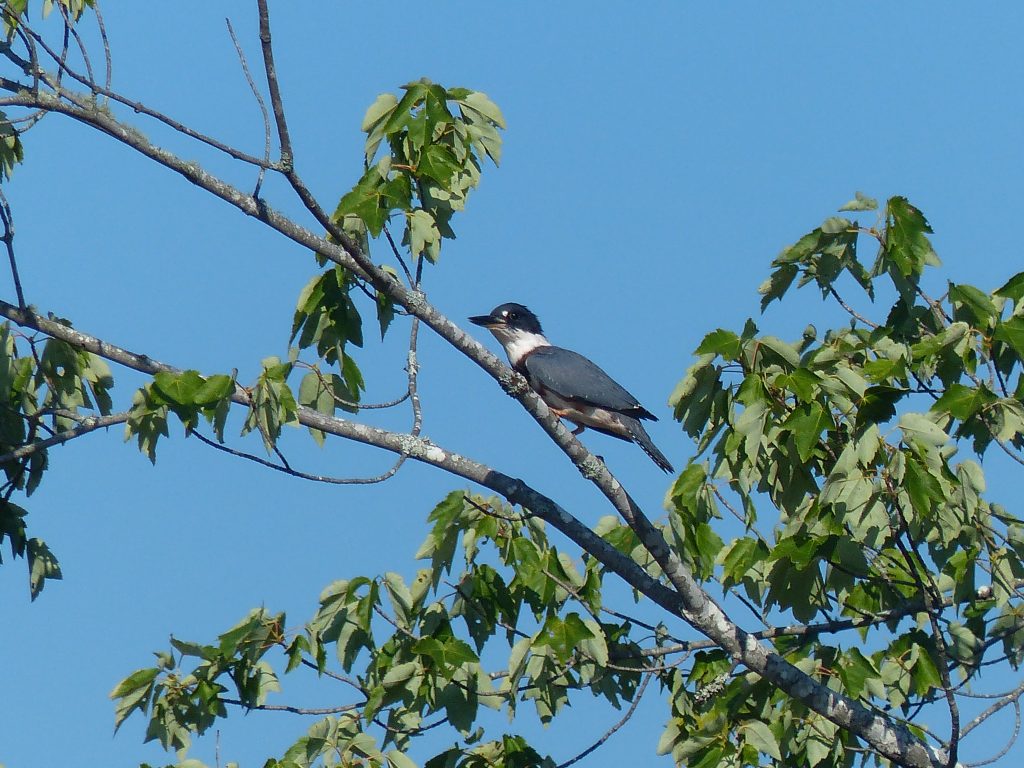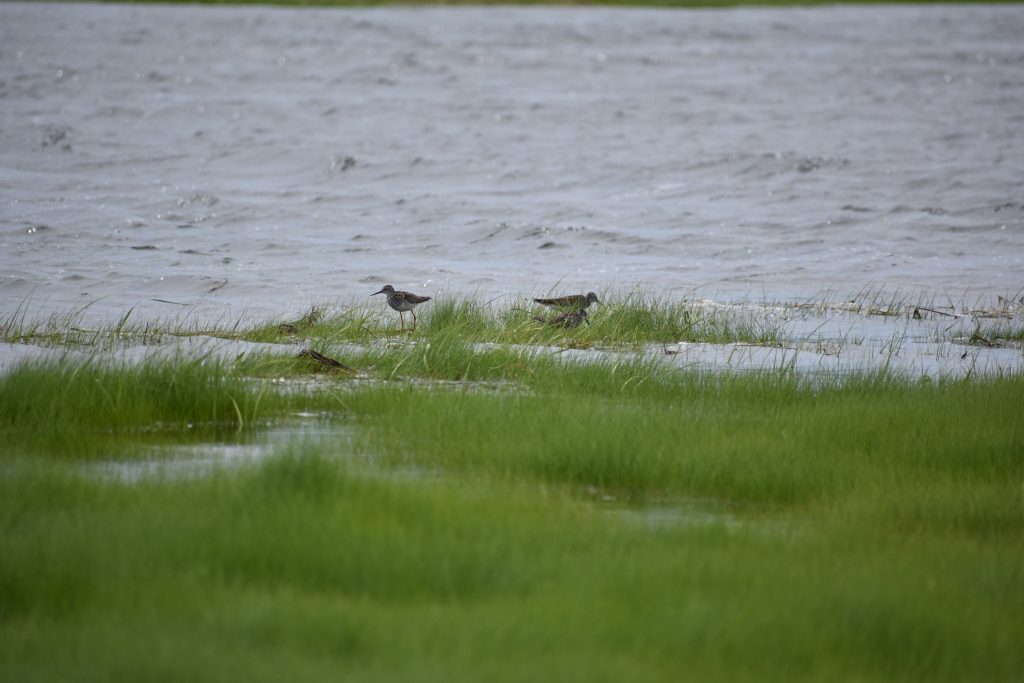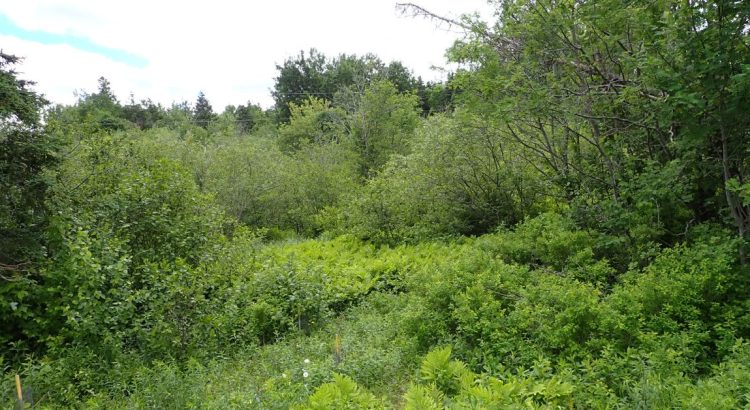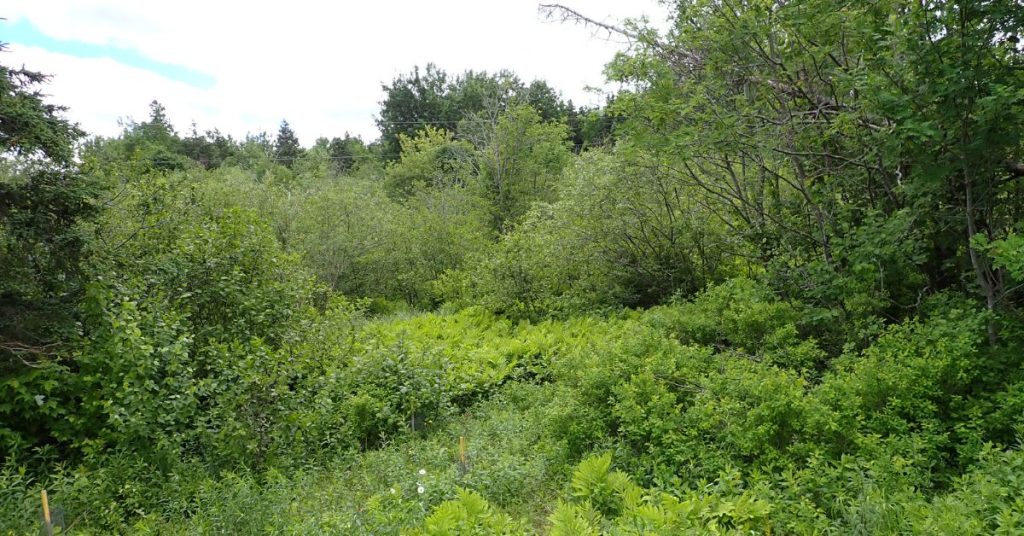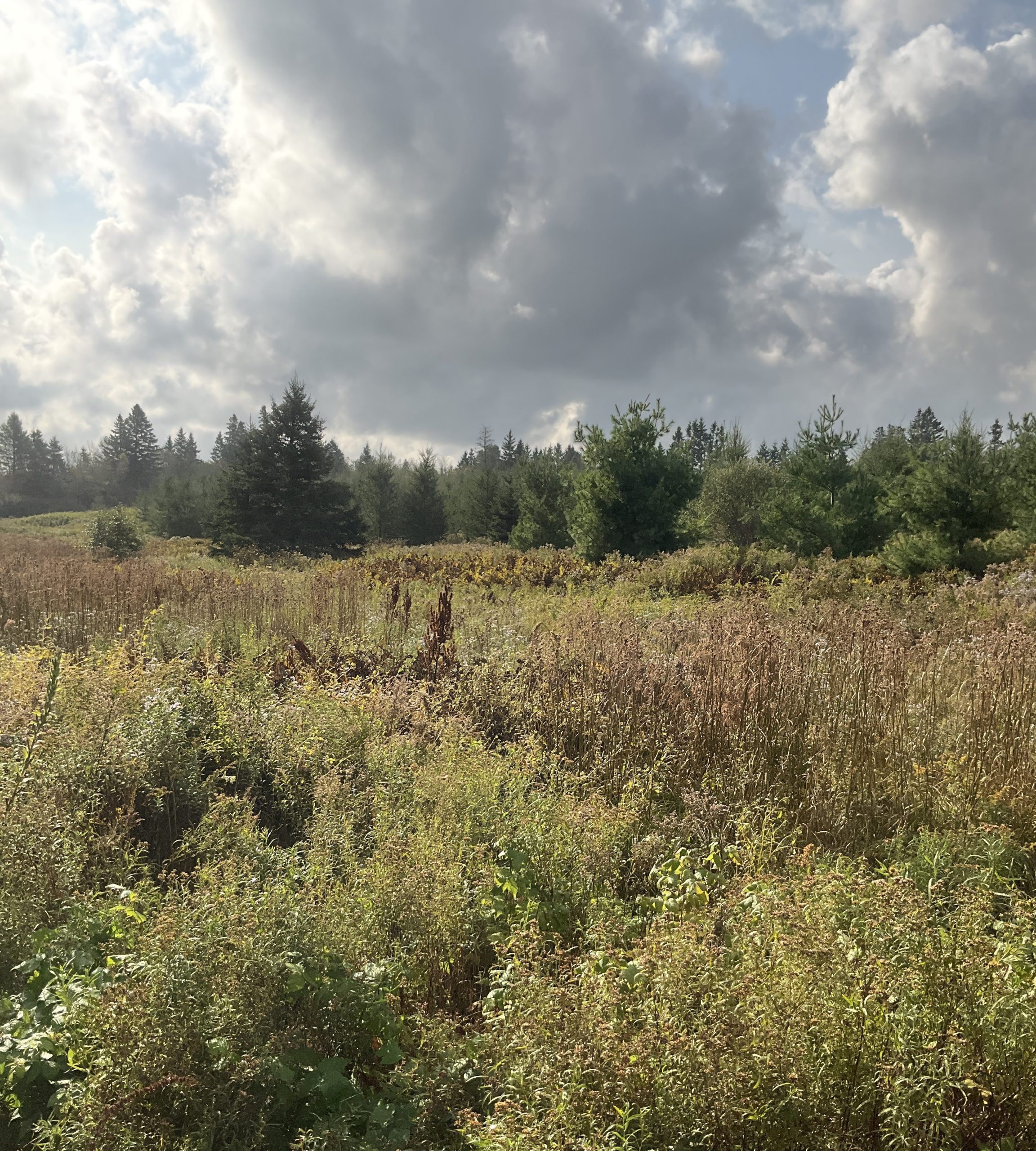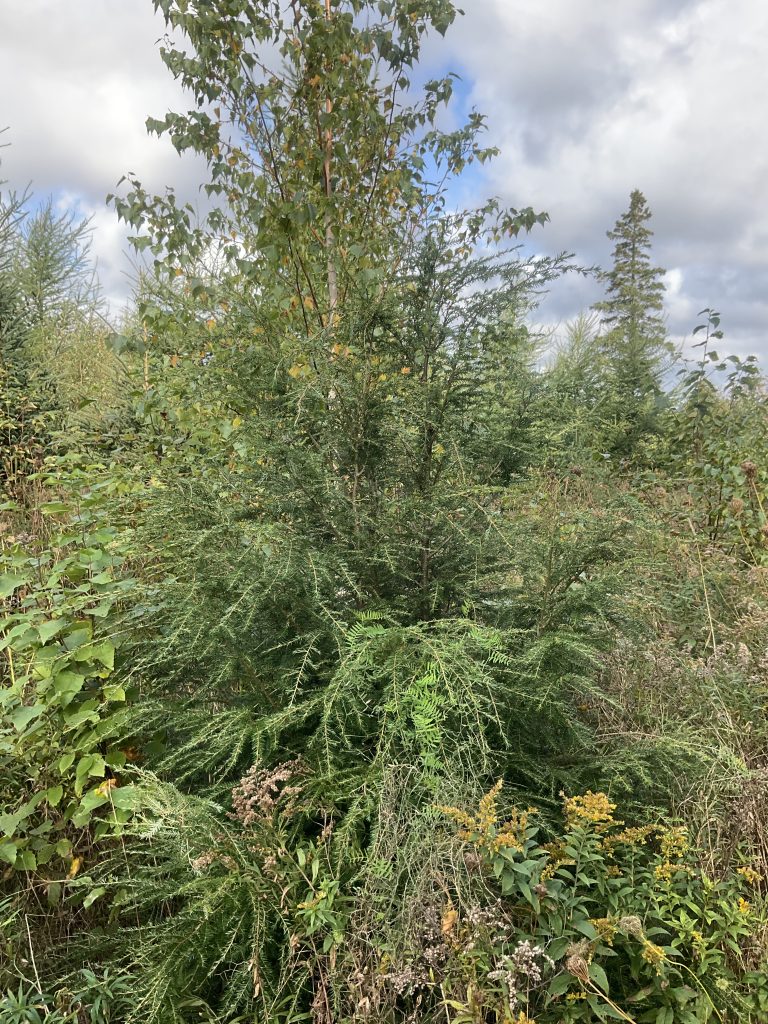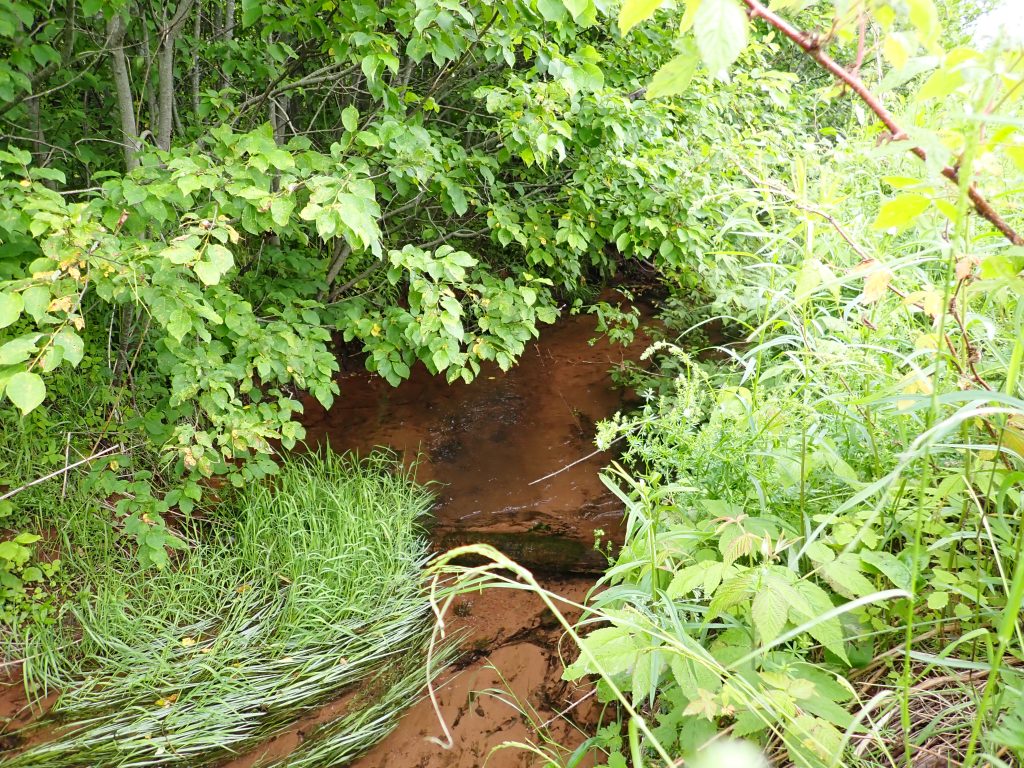This addition to the the Farmington Woodlands Natural Area is a 58.5-acre parcel located in Kings County, Prince Edward Island. The property contains forests dominated by balsam fir, red maple, red pine, white pine, larch and cedar. The eastern portion of the property is bisected by a waterway feeding into the Fortune and Naufrage rivers. The acquisition of this parcel further protects this region of the Island and the Fortune River complex, with the greater Natural Area being 374 acres.
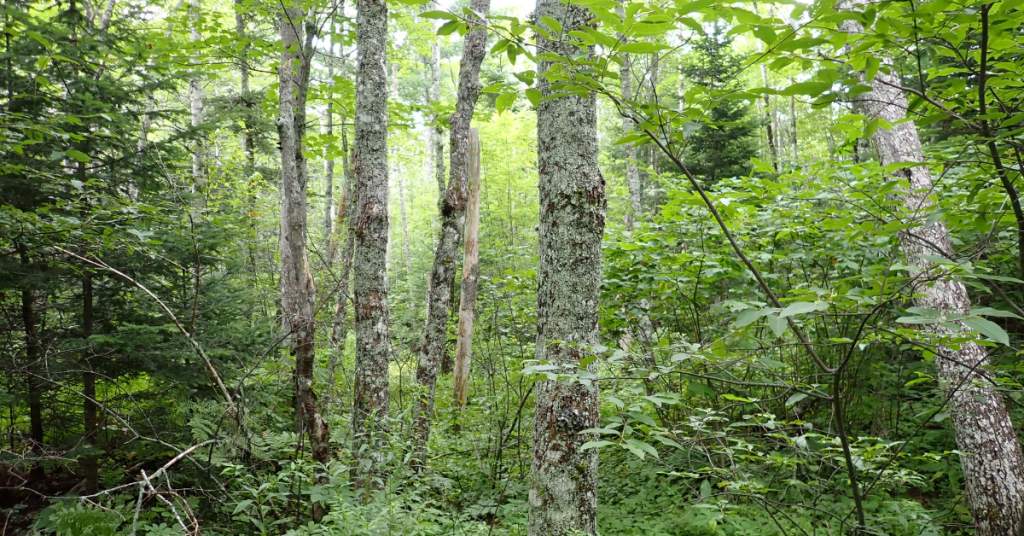
Natural Area Map
Acquisition and Legal Status
This property was split-receipt donation from George Mason and family in March of 2024, where a portion of the land’s value was purchased, and the remainder donated.
George studied Resource and Wildlife Management before shifting to a career as a Professional Accountant. He has remained devoted to conservation on PEI, including on his forested properties in Kings County. George has been INT’s Treasurer on its Board of Directors since 2021, and has also volunteered with the Canadian Wildlife Federation, World Wildlife Fund, and the Trans Canada Trail.
After my son moved to Ontario, I realized he wouldn’t be returning to manage the land. Rather than selling it, I wanted to ensure it remained accessible and protected
George Mason, donor
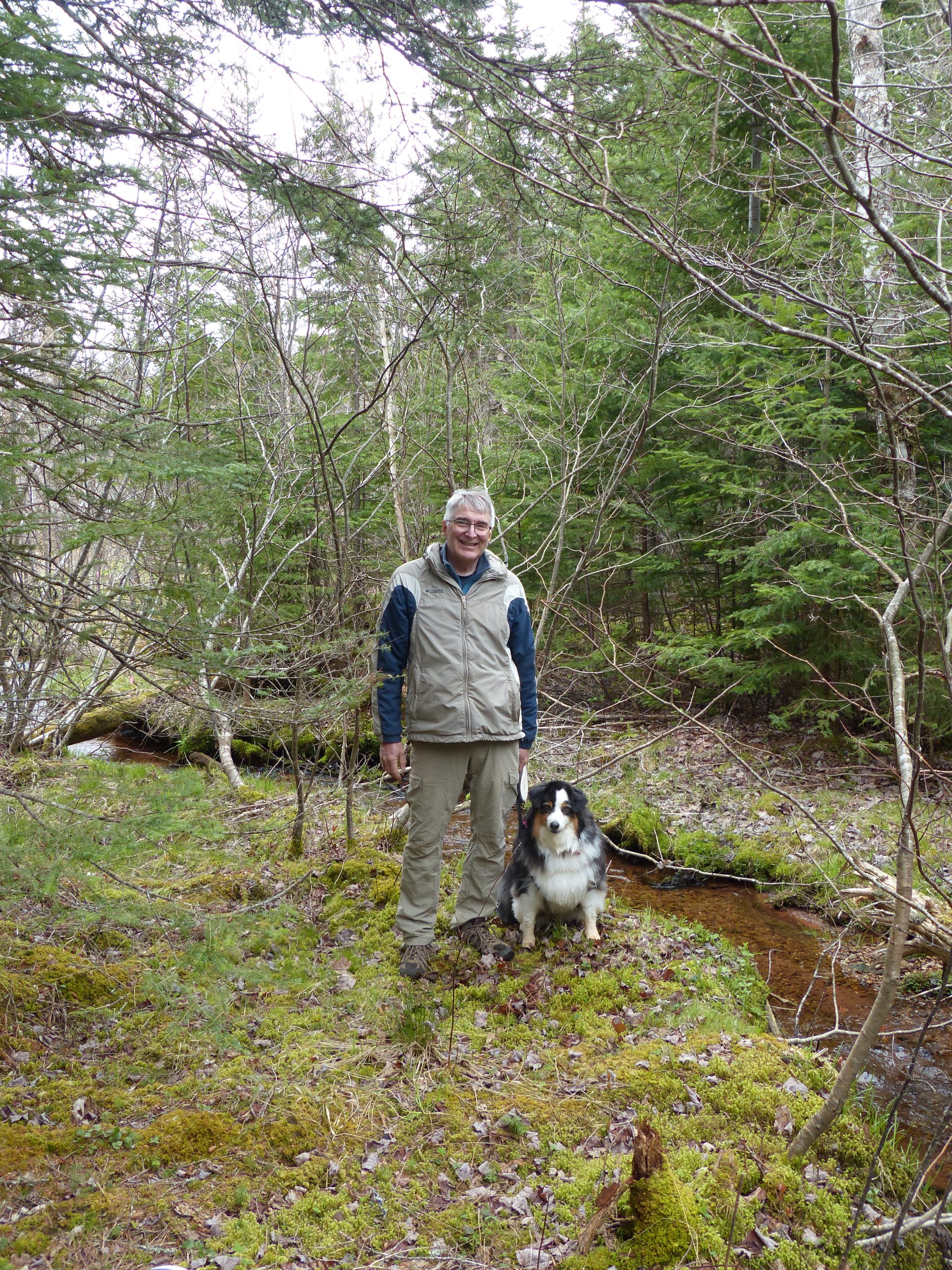
Funding for this acquisition was provided by Environment and Climate Change Canada through the Forested Landscape Priority Place under the Pan-Canadian approach to transforming Species at Risk conservation in Canada.
This partial donation of land was made possible thanks to the Government of Canada’s Ecological Gift Program. This Program provides a way for Canadians with ecologically sensitive land to protect nature and leave a legacy for future generations. Made possible by the terms of the Income Tax Act of Canada and the Quebec Taxation Act, it offers significant tax benefits to landowners who donate land or a partial interest in land to a qualified recipient. Recipients ensure that the land’s biodiversity and environmental heritage are conserved in perpetuity. LEARN MORE

Landscape Context
This parcel of Farmington Woodlands Natural Area is located east of Farmington, near the pre-existing parcels that comprise the Farmington Woodlands Natural Area complex. The acquisition of this property expands on the connectivity of INT and Provincial protected areas throughout the area, specifically extending the protection of waterways associated with the Fortune and Naufrage Rivers. This new acquisition connects the bisected waterway to the east with a large wetland complex owned by Ducks Unlimited.
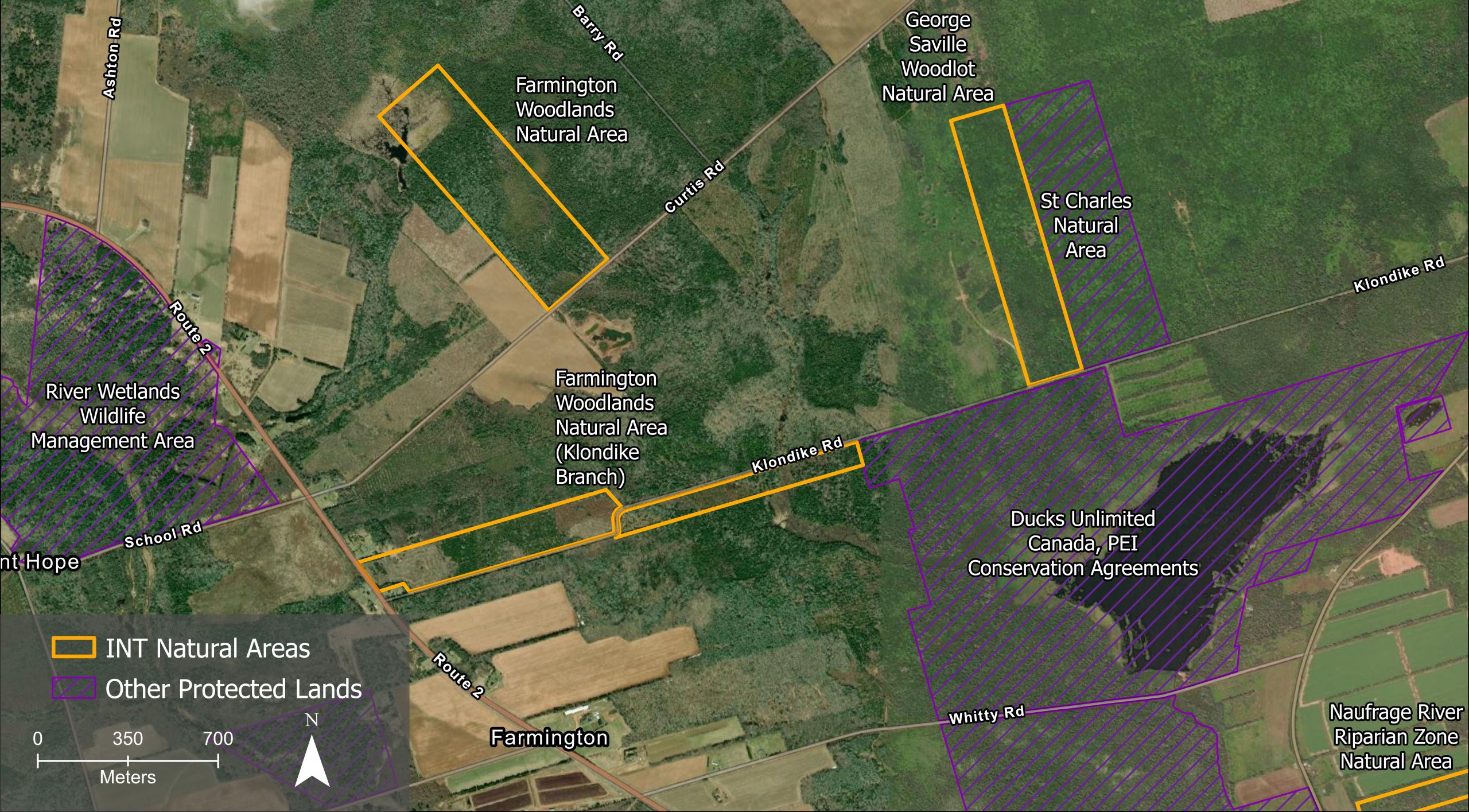
Ecological Description
This property has a history of agriculture and forestry, as much of the Island does, but contains desirable tree species including eastern white cedar, sugar maple, red pine, white pine, American beech, and yellow birch. The riparian forest is more mature and contains larger, seed producing trees. Also along the river is a freshwater marsh containing alders, yellow marsh marigold, and other hydrophytic vegetation.
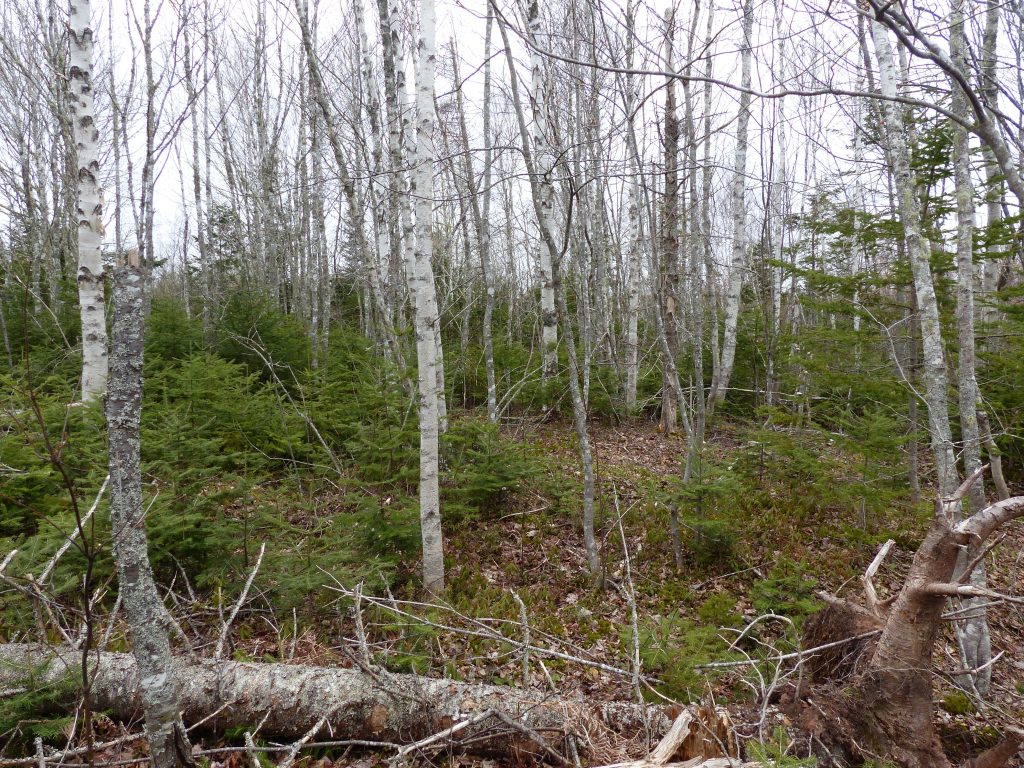
Access
This parcel of Farmington Woodlands Natural Area is accessible by PEI Route 2 to the west and Klondyke Road that runs along the northern and southern boundaries. Klondyke Road is a seasonal, dirt road. This property can be accessed at your own risk. No campfires or overnight camping are allowed on Island Nature Trust Natural Areas.
For more information on access to our natural areas, please contact our Land Stewardship Team.
